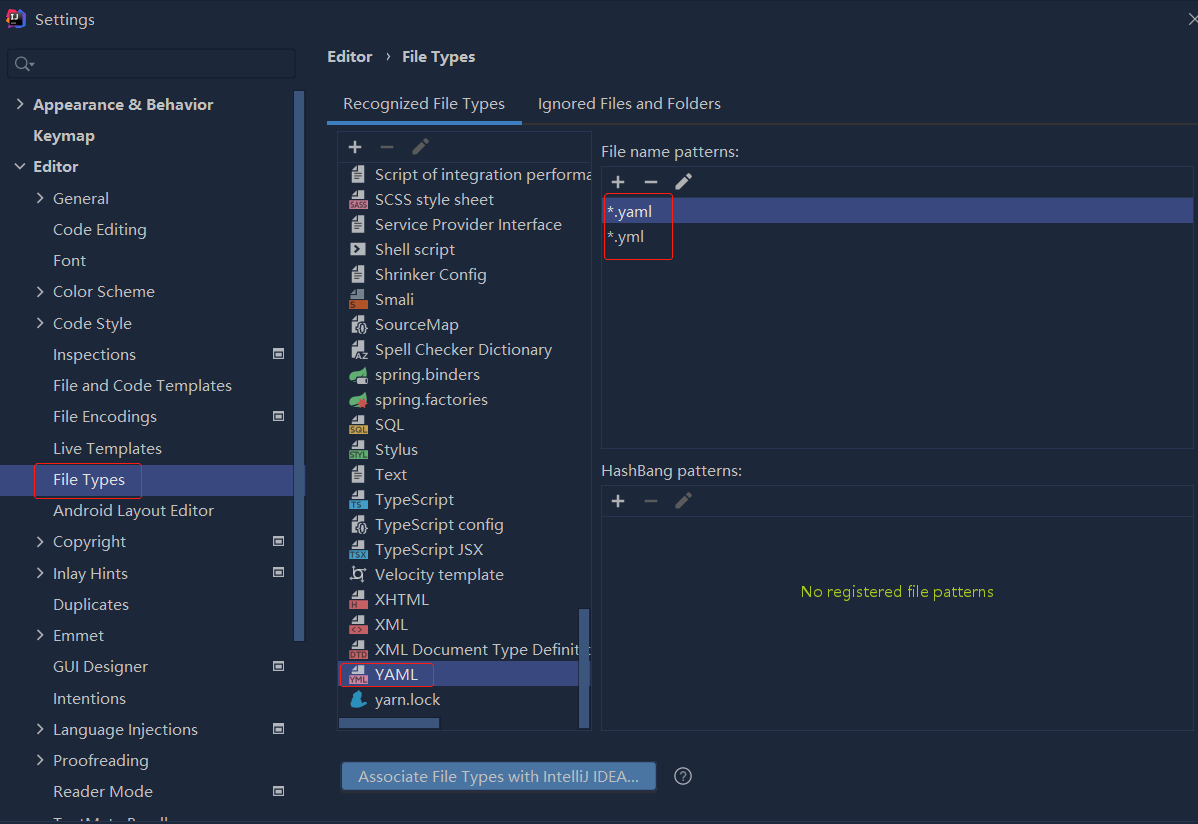问题描述
我有一个满足此类信息的表格。 在该条目ID中,如果没有父任务,并且ind_id包含一个值,则它提到了父任务的entry_id。该ID用作唯一ID,并且ind_id为'0'。
工作流程
a-- no child
b-- child is c
c-- parent is b
d-- child f
f-- parent d,child e
e-- parent f child g
o-- parent f child g
g-- parent e no child
.....more sub task may come ......
h-- no child
i-- parent h
j-- no child
k-- no child
下表示例
entry_id | task | ind_id | date
------------------------------------------------
1001 | example_1 | 0 | 22-08-2020
1000 | example_1 | 0 | 22-08-2020
1012 | example_3 | 1000 | 22-08-2020
1013 | example_4 | 1000 | 22-08-2020
1004 | example_1_14 | 0 | 22-08-2020
1006 | example_2_4 | 1004 | 22-08-2020
1007 | example_8_4 | 1006 | 22-08-2020
1010 | example_4_1 | 0 | 22-08-2020
我想要这样的数据。
entry_id | task | ind_id |parent_task_name | child_task_name | date
---------------------------------------------------------------------------------------
1001 | example_1 | 0 |null |null | 22-08-2020
1000 | example_1 | 0 |null |example_3,example_4 | 22-08-2020
1012 | example_3 | 1000 |example_1 |null | 22-08-2020
1013 | example_4 | 1000 |example_1 |null | 22-08-2020
1004 | example_1_14 | 0 |null |example_2_4 | 22-08-2020
1006 | example_2_4 | 1004 |example_1_14 |example_8_4 | 22-08-2020
1007 | example_8_4 | 1006 |example_2_4 |null | 22-08-2020
1010 | example_4_1 | 0 |null |null | 22-08-2020
有人会帮助我找到解决方案的吗?
解决方法
您可以使用递归CTE为每个条目定义路径,然后按以下顺序进行排序:
with recursive cte as (
select entry_id,concat(entry_id) as path
from t
where ind_id = 0
union all
select t.entry_id,concat_ws('>',path,t.entry_id)
from cte join
t
on t.ind_id = cte.entry_id
)
select t.*
from t join
cte
on t.entry_id = cte.entry_id
order by cte.path;
Here是db 小提琴。
重要说明:这适用于您的示例数据,因为所有条目ID的长度均相同。如果不是,则将其格式化或填充为固定长度。这样,对字符串进行排序即可产生您期望的结果。

 依赖报错 idea导入项目后依赖报错,解决方案:https://blog....
依赖报错 idea导入项目后依赖报错,解决方案:https://blog....
 错误1:gradle项目控制台输出为乱码 # 解决方案:https://bl...
错误1:gradle项目控制台输出为乱码 # 解决方案:https://bl...